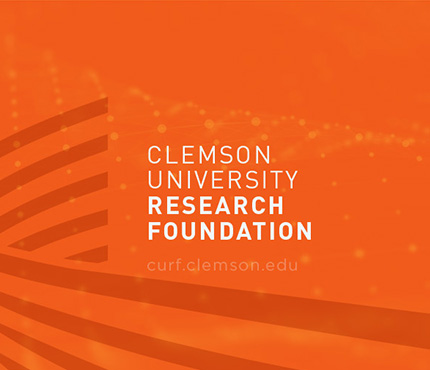Keywords: Sustainable, Plastics
Market Overview
These organic fluorophores have enhanced luminosity in response to ionizing radiation, increasing the efficiency of plastic scintillators and providing greater environmental stability. With increasing investments in radiation monitoring for homeland security, the scintillator market is expected to reach $479.16 Million by 2020. Currently available plastic scintillators use a polystyrene as the matrix due to its high optical transparency, however, more efficient and inexpensive scintillators are needed for detection of radioactive materials in homeland security, nuclear forensics, and nuclear safeguards applications. Clemson University researchers have developed a new class of organic pyrozaline-based fluorophores with enhanced emission and luminosity in response to ionizing radiation. These compounds offer higher efficiency of plastic scintillators, reduced cost and fluorophore loading, and enhanced chemical and environmental stability.
Timothy Devol
2016-019
Applications:
Homeland security, nuclear forensics; nuclear safeguards
Technical Summary:
These synthesized fluorophore compounds show superior performance as plastic scintillators when dissolved in polystyrene or polyvinyltoluene matrices. Different optical and physical properties were tested to evaluate their efficiency in preparing bright plastic scintillating polymers for radiation detection and measurement. These included molar absorptivity, absorption and emission wavelengths and finally their quantum yield relative to a reference material. The compounds exhibit 3x high photoluminescence and 5x high luminosity in comparison to existing analogs. The effect of luminosity enhancement allows for significant reduction in fluorophore concentration in the plastic scintillator material without jeopardizing their properties. It also allows application of these fluorophores in neutron/gamma pulse shape discrimination materials at a reduced concentration in comparison to the existing composites. In addition, the chemical structure of the suggested fluorophores allows their functionalization for further covalent bounding to the matrix thus enhancing chemical and environmental stability of the scintillating material.
Advantages:
• Utilizes simple chemical synthesis with common compounds, allowing industrial scale-up
• Uses reduced concentration and exhibits higher luminosity, making it highly cost effective compared to currently commercially-available organic fluorophores
• Higher luminosity results in higher efficiency with enhanced detector stability against hazard chemical environment
Technology Overview
State of Development
Preliminary Prototype
Patent Type
Provisional
Category
Serial Number
62/326,391
CURF Reference No.
2016-019
Inventors
Timothy Devol, Valery Bliznyuk, Ayman Seliman, Nadezhda Derevyanko, Alexander Ishchenko
For More Info, Contact:
Interested in this technology?
Contact curf@clemson.edu
Please put technology ID in subject line of email.
Contact
Latest News from CURF
Stay up-to-date with the latest trends in the innovation and research industry. Sign up for our newsletter to see how CURF is making a difference and impacting the economy where we live.









